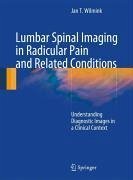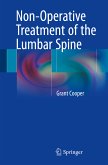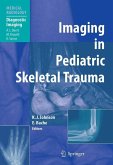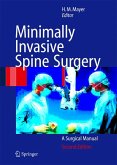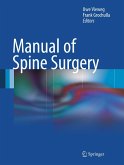There is general agreement that lumbosacral nerve root compression is a prime factor in the pathogenesis of sciatica and neurogenic claudication, although humoral and vascular factors certainly play a role as well. This book focuses on imaging of the various ways in which nerve root compression can come about, and assessing which anatomic features are reliably associated with the occurrence of radicular pain, as opposed to morphologic findings which are probably coincidental.
After a discussion of the nature of radicular pain and related symptoms, spinal imaging techniques and options are reviewed, with emphasis on the role of MR myelography in assessing the condition of the intradural nerve roots.
A chapter on normal topographic, sectional, and functional (dynamic) radiologic anatomy is followed by a presentation on pathologic anatomy, addressing the various mechanisms of nerve root compression.
In the chapter on pre- and postoperative imaging, features which may help to predict the evolution of the symptoms are discussed, with an eye to selecting candidates for surgical treatment. This is followed by a discussion of the role and limitations of imaging studies in various adverse postoperative conditions.
In illustrations involving patient studies, imaging features are linked where possible to the clinical symptoms and history of the individuals involved.
After a discussion of the nature of radicular pain and related symptoms, spinal imaging techniques and options are reviewed, with emphasis on the role of MR myelography in assessing the condition of the intradural nerve roots.
A chapter on normal topographic, sectional, and functional (dynamic) radiologic anatomy is followed by a presentation on pathologic anatomy, addressing the various mechanisms of nerve root compression.
In the chapter on pre- and postoperative imaging, features which may help to predict the evolution of the symptoms are discussed, with an eye to selecting candidates for surgical treatment. This is followed by a discussion of the role and limitations of imaging studies in various adverse postoperative conditions.
In illustrations involving patient studies, imaging features are linked where possible to the clinical symptoms and history of the individuals involved.
Dieser Download kann aus rechtlichen Gründen nur mit Rechnungsadresse in A, B, BG, CY, CZ, D, DK, EW, E, FIN, F, GR, HR, H, IRL, I, LT, L, LR, M, NL, PL, P, R, S, SLO, SK ausgeliefert werden.

